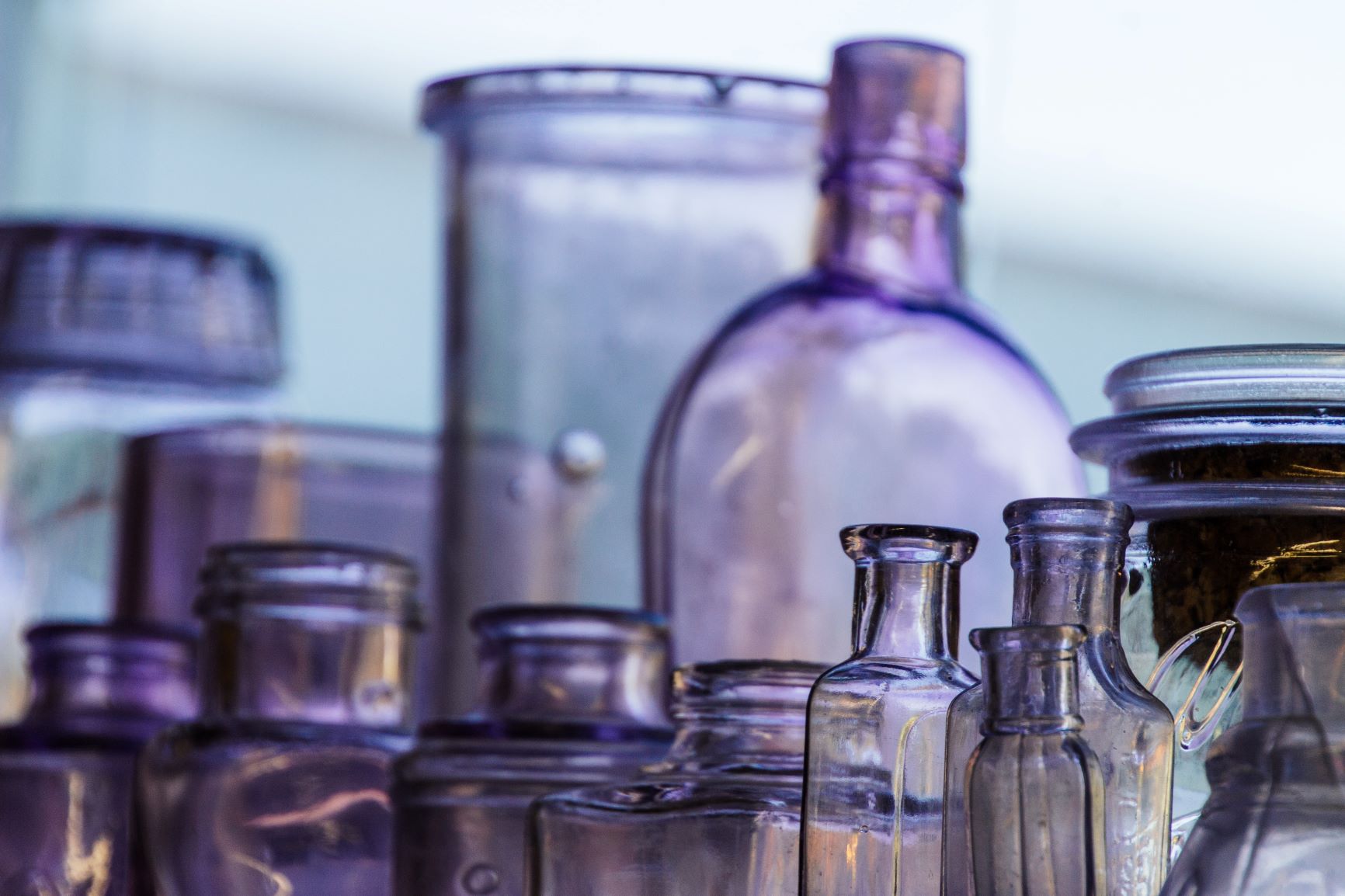CLAW At-Home Experiment: Spectrophotometry Using Gatorade

At a Glance
Discipline
- STEM
- Chemistry
Instructional Level
- College & CEGEP
- University
Course
- Chemistry of Solutions
Tasks in Workflow
Social Plane(s)
- Individual
Type of Tasks
- Analyzing
- Writing
- Experimenting & conducting inquiry
Technical Details
Useful Technologies
- Smartphone, with an app that can read colors and provide RGB values
Class size
- Medium (50-99)
Time
- Single class period (< 90 mins)
Instructional Purpose
- Exploration & inquiry
Overview
In this CLAW (Chemistry Laboratory Alternative Work) At-Home experiment, students will perform an experiment using household chemicals and materials. It was designed as a substitute for in-person laboratories, usually performed at the college level, during the COVID-19 pandemic. However, it may also be used as an experiment that students can carry out in the lab or for student projects.
Instructional Objectives
The objective of this at-home experiment is to observe the relationship between the absorbance and concentration of blue Gatorade powder using spectrophotometry. This relationship can then be used to estimate the sugar content in a liquid Gatorade drink.

Workflow & Materials

Activity Workflow
Applied Strategies
Published: 16/07/2020
Copyright: © 2025 Brouillette, Leung and Schoonhoven. This is an open-access article distributed under the terms of the Creative Commons Attribution License (CC BY). The use, distribution or reproduction in other forums is permitted, provided the original author(s) and the copyright owner(s) are credited and that the original publication on this website is cited, in accordance with accepted academic practice. No use, distribution or reproduction is permitted which does not comply with these terms.


